
Jun 22, 2022 | Activities/Services, Otros pueblos
Altea, Jávea, Dénia… These are probably the first three names that come to mind when thinking of the Costa Blanca Norte. These incredibly beautiful towns are known for their historic centres, beaches and surrounding countryside. But there is always something new to discover on the Costa Blanca. Just a few kilometres away from Cumbre del Sol, between Calpe and Moraira, in the Marina Alta district, there is a charming place with hidden coves, cliffs, beach bars and a whole lot of history. Still don’t know which place we mean?
Benissa, quite unfairly, does seem to be the “Cinderella” of the Costa Blanca Norte. Many municipalities and towns in the area are much more popular with both national and international visitors. Are you interested in discovering what this place, which is like an open air museum, has to offer? Carry on reading, and we can tell you now, there’s so much more to this place than meets the eye.
Wander around the historic centre
The historic centre of Benissa is unquestionably one of the best preserved on the Costa Blanca. Start your route at Plaza del Portal and stroll around the Placeta de l´Esglesia Vella, passing by the Andrés family and Pere Bigot homes, houses which together form a particularly original annexe of Alicante University. You can continue along Puríssima and Desamparados (where the ancient noble families of Benissa once lived), two of the town’s most iconic streets. You should also check out the Casa Museo Abargues and, close by, the Riberer Monument, which pays homage to the Benissa agricultural workers who went to work in the rice fields of the Valencian Ribera. To complete your visit to the historic centre, save the best for last, namely, the church of the Puríssima Xiqueta, known locally as the Cathedral de la Marina.

A stroll along the coast…. Or a swim
The historic centre is incredible, but Benissa also has its own beach. 4 kilometres of coastline bordered by stretches of beach and coves that run the whole length of the municipal district. The Benissa Ecology Trail (the name given to the coastal route) is a pleasant path that joins a string of beaches, some of them very well-known, such as Cala Les Bassetes and Cala de la Fustera. The trail was restored in 2006, with a view to protecting and conserving the cliffs and recovering the native ecosystems.
Even so, sometimes you just feel like kicking off your shoes and simply chilling in the waters of the Mediterranean. Apart from those we mentioned above, there are many more beaches to choose from such as Cala Pinets (with its incredible sunsets), Cala La Llobella, or Cala Baladrar (which has the best views of the Peñón de Ifach).
Sierra de Bernia
Benissa covers quite a large municipal area, which means that you can enjoy both the sea and the mountains in just one place. The Sierra de Bernia is ideal for enjoying countryside and discovering the local flora and fauna as you wander along one of its many trails. We recommend the following routes, La Solana, Molí del Quisi and dels Riberers.
Gastronomy
And why not? We are in the Costa Blanca after all, and its cuisine is one of its biggest attractions. Clearly demonstrating this combination of sea and mountains, one of Benissa’s most typical dishes is puchero de pulpo or octopus stew, made with pulses, potatoes, vegetables and rice. But there is so much more to discover about the Costa Blanca’s cuisine, here you can find an article about Denia’s gastronomy that can equally be applied to the whole coastline.
Now you have seen everything that you can do in Benissa. Visit this little known jewel of the Costa Blanca and discover somewhere completely new. What are you waiting for? And besides, another advantage is its excellent location in Alicante province as Benissa is just a few kilometres from Altea and Calpe, where you can continue to enjoy more sea and sand.
Don’t miss our upcoming articles in this blog to discover more activities, places and curiosities in the area of Residential Resort Cumbre del Sol.
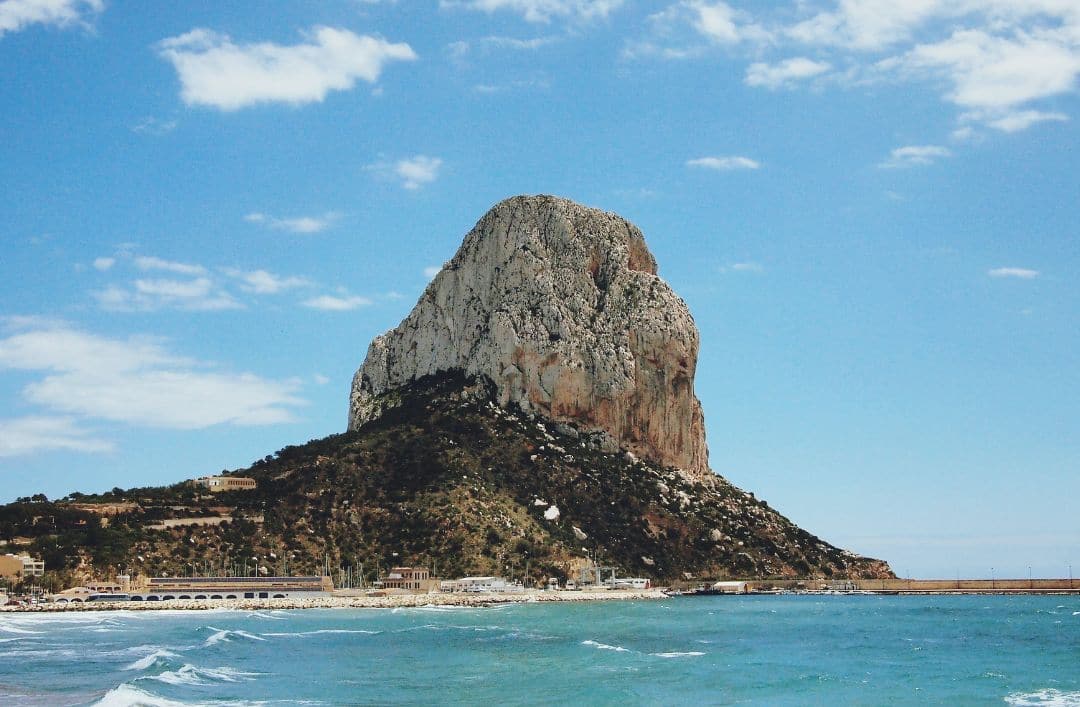
Jun 8, 2022 | Activities/Services, Cumbre del Sol, Other towns, Otros pueblos, Something special
The Costa Blanca is a favourite tourist destination. It is just like an open air museum filled with history, culture and festivities. Aside from its fabulous beaches, there are many places of interest that are worth a visit, and the splendour and cultural heritage of its villages invite you to explore and discover them further.
Romanesque churches, historic neighbourhoods with their Arab architecture, or castles from a bygone age. Fiestas, monuments and tradition which will take you back to remote times as you explore the cultural heritage of the villages in this area. Discover some magical places just a step away from the Mediterranean seashore!
Festivals and fun on the Costa Blanca
There’s a festive spirit in the streets of the Costa Blanca’s towns and villages all year round. Participation in these celebrations is always a popular activity. You have probably heard of the night of San Juan or the Moros y Cristianos fiesta. However, first things first, what do you actually know about their origins?
Moros y Cristianos
Altea, Denia, Calpe, Villajoyosa or Alcoy are well known for their popular celebrations of the Moros y Cristianos festivities held in honour of the patron saints of these Costa Blanca towns.
As the oldest residents will tell you, faithful to their religious beliefs, thanks to these patron saints, the Christians were able to overcome the Muslims in battle. This historic celebration spans a period of 3 to 5 days and is held in a number of cities and at different times of the year. The highlight of this fiesta is the Desembarco – the disembarkment – which commemorates the arrival of the Moorish troops on the coast and their battle on the beach with the Christian forces determined to reconquer the land. It’s an impressive spectacle!
Altea is synonymous with festivity. Almost every month there is a fiesta in this municipal district, but it is in summer that the fiestas really come into their own.
Easter Week and Corpus Christi are the main religious events of the year. In February the streets are vibrant with colour as the residents celebrate their famous Carnaval. Meanwhile, Castell de l’Olla celebrates on the Saturday that falls closest to feast of San Lorenzo in Altea. It holds Spain’s biggest fireworks display from the sea. It also celebrates its own Moros y Cristianos fiestas.
San Juan Bonfires
When summer comes, this area of the coast attracts worldwide interest. The San Juan Bonfires begin on 19 June, and the ‘Mascletás’, the Proclamation, processions, street parades, firecrackers and bell ringing are all part of the festivities, culminating in the famous bonfire night the ‘Cremà’ (24 June).
Fireworks
The culmination of all these festivities and Bonfires is a particularly special event. The celebration takes place every year after the bonfires, held from the 25 to 29 June. Postiguet beach is host to a fireworks contest. The most stunning pyrotechnic displays can be found here on the Costa Blanca.

History and much more on the Costa Blanca
The historic quarters of many of the area’s towns are another major attraction of the Costa Blanca. Neighbourhoods that harbour amazing legends and impressive monuments.
Altea church
In the heart of Altea’s historic centre, this church dates from 1607, when it was first built. A stroll around its square and the surrounding area will take you right back to the 16th century. The church has been a mute witness to the passage of time in the town becoming an historic and cultural icon of Altea.
Bust of Cervantes
In Dénia, the most famous part of town is known as Explanada de Cervantes, where you can find a bust of the celebrated writer Don Quixote. The story goes that in 1580 when Cervantes was freed from prison he went to the port of Dénia, kissing the actual spot where this monument now stands.
The Castle Route
There are over 100 castles on the Costa Blanca. Fortresses that were the strongholds of the ancient Visigoth kings and the most important monarchs in the area. The Castle Route will draw you into a magical cultural experience. There are many such citadels along the route that runs from the mountains down to the sea.
Legends, culture and festivities that bear witness to the Costa Blanca’s wealth of mystery, entertainment and fun. Living history alongside the Mediterranean sea. How about choosing it as a place to live?
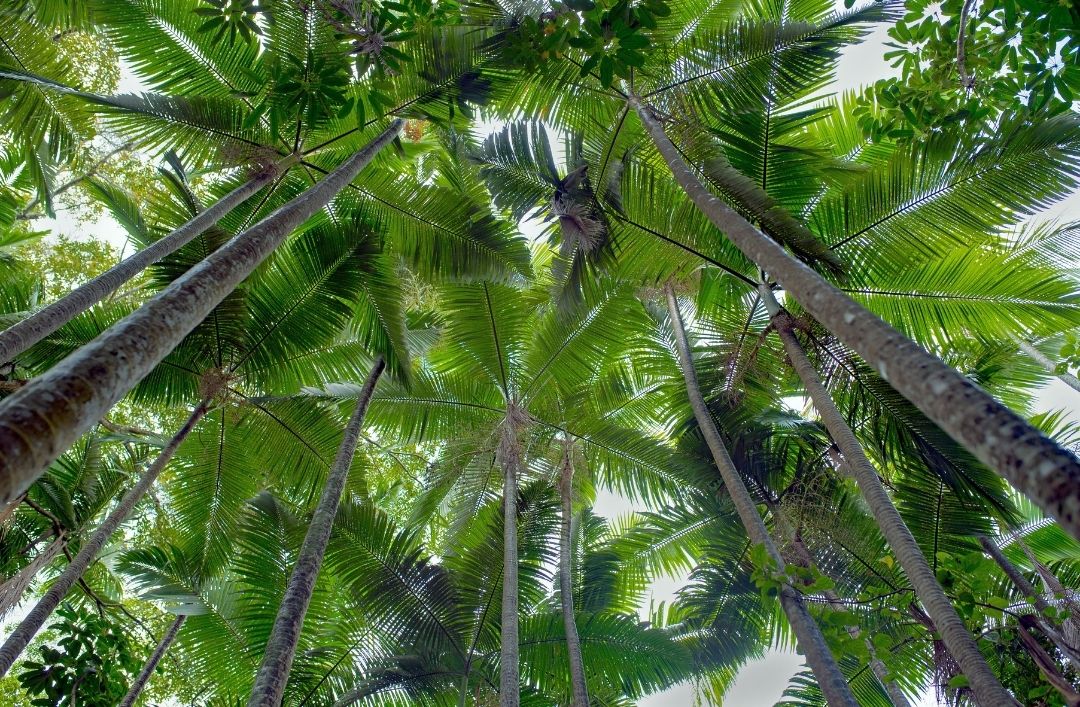
May 23, 2022 | Events, Other towns, Otros pueblos
Promoting identity, protection, and preservation of natural and cultural heritage is considered to be especially valuable for humanity. This is, and for a long time now, one of the main works of UNESCO (United Nations Educations, Science, and Culture organisation). The title World Heritage Site is a distinction for these types of places. In the Costa Blanca, and around it, we’re lucky enough to have a few of these places.
Before talking about these marvels, we want to briefly clear something up. Firstly, there’s two main types of heritage. “Cultural heritage”, which refers to monuments, groups of buildings and sites that have historical, artistic, or archaeological value. In this category, you’ll also find places with scientific, ethnic, or anthropological value. “Natural heritage” refers to exceptional physical, biological, and geological formations. This goes for animal habitats, endangered plants, and area that have scientific, conservation, or visual value. On the other hand, we also have “Intangible cultural heritage”, which includes living inherited practices and expressions from our ancestors. This is heritage that is passed down generation to generation, like oral traditions, scenic art, social customs, rituals, festivals…
All along the Costa Blanca and all around it, we have places that include all three types of heritage. Take note and plan a weekend escape to visit them!
El palmeral (Elche)
Over 200,000 palm trees look down on the urban centre of Elche. Since the year 2000, the place of the Costa Blanca has become a World Heritage site.
The Mediterranean diet
This diet was declared Intangible Cultural Heritage in 2013, the reasons being it’s richness, variety, and health benefits. You can enjoy the Mediterranean diet in all its form in the Costa Blanca. And along the whole coast of the Valencian Community! From markets where exquisite raw materials are sold all the way to the best restaurants that have kept this tradition and the essence of Mediterranean cuisine. Flagship restaurants known for exploring this cuisine, respecting its differentiating features, and being recognised worldwide for its variety of flavours and textures and for its health benefits.
Cave art
Cave art in itself is a unique cultural manifestation. And it also represents the prehistoric society that lived in the place where the Costa Blanca is today. In and around the area, there are plenty of these depictions, but if we had to recommend one in particular, we’d go for the following: Moixent with the drawings Abrigo de la Penya and Abrigo de Gontran. You can also visit the ones in the Caroig massive (Cueva de la Araña y abrigos del Barranco Moreno).
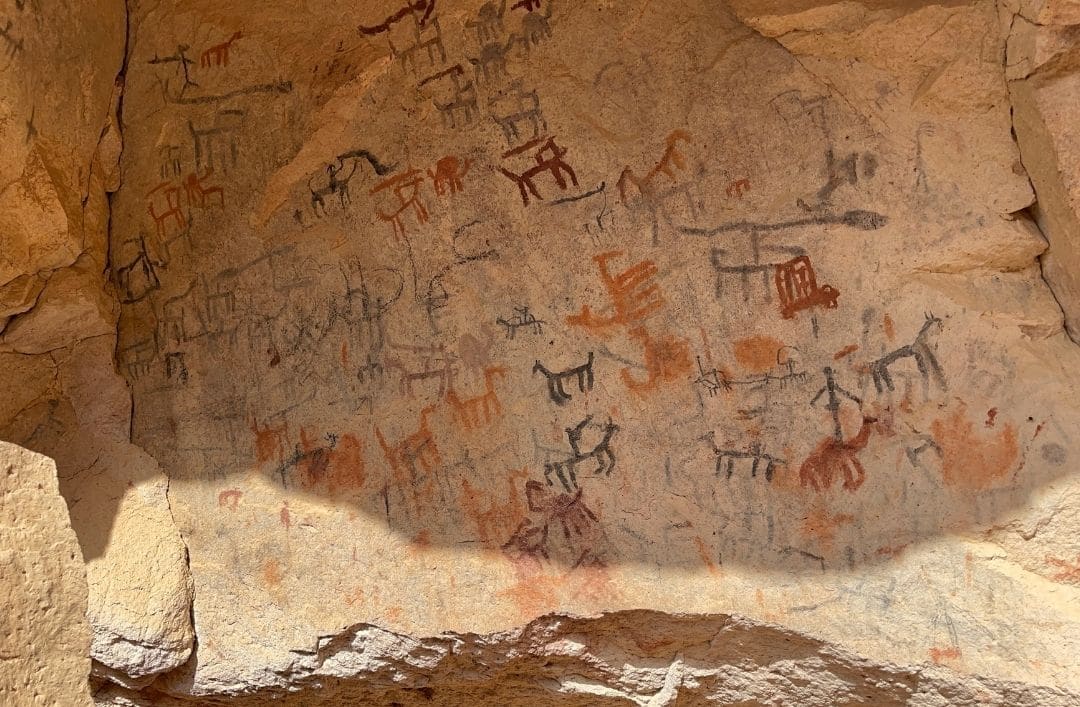
The mystery of Elche (Elche)
Declared as Oral heritage and Intangible world heritage in 2001, the Mystery of Elche is a cultural treasure in the city. This work of medieval origins is also known by the name of La Festa. It embodies all the years of the Basílica de Santa María de Elche’s history in the month of August. This activity celebrates the festival Virgen de la Asunción (the Virgin of Ascension).
Strong cultural legacy
The cultural legacy of the Costa Blanca brings together all kinds of activities and places that are steeped in history and tradition. Moors and Christians in Denia, Alcoy and Calpe, festivals in Altea and Alicante, Moorish quarters and castles in Guadalest and Javea are some of the best known experiences in the area. The options are almost endless and we encourage you to discover this land.
From rock castles at the foot of the Mediterranean, to those narrow cobbled streets where the smell of the sea mingles with the refreshing scent of jasmine, to massive parades of people, the magical Night of San Juan… everything feeds into an immense tradition and legacy.
In addition to the World Heritage Sites that we have reviewed in this entry, the Costa Blanca has some of the most beautiful historic centres in Spain. Clear examples are the Barrio de Santa Cruz in Alicante and those of Javea, Denia, Benissa and Teulada. All of them sharing one common feature: the Mediterranean sunlight.
Don’t miss our blog articles where we’ll give you more ideas on plans all over the Costa Blanca.
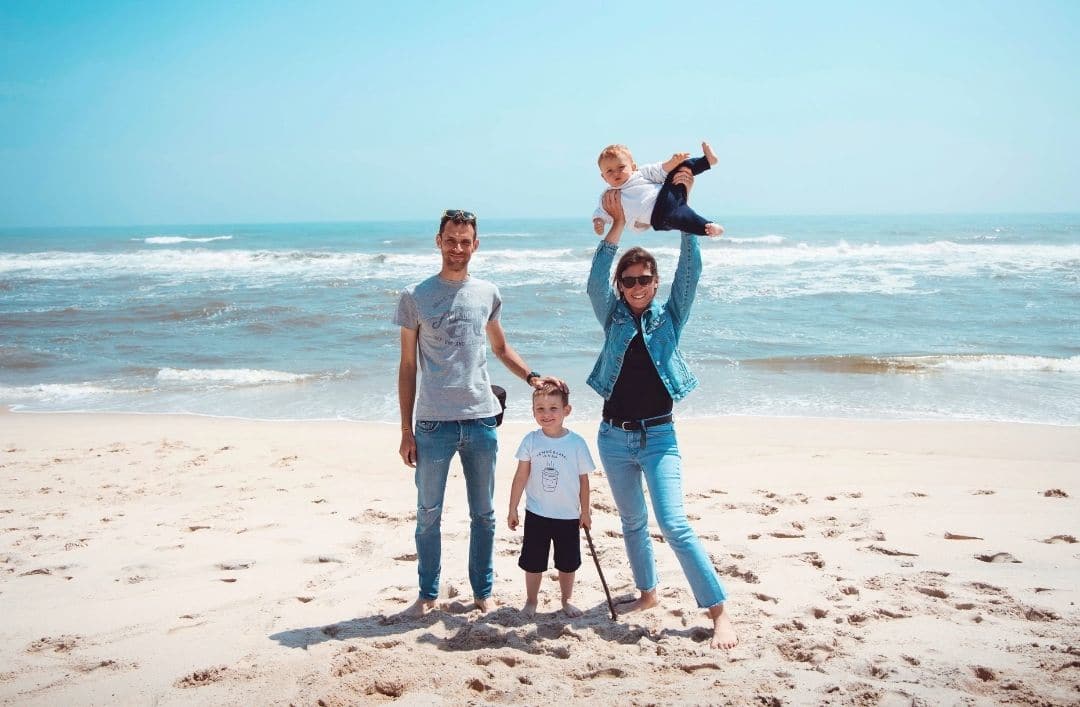
May 12, 2022 | Benitachell, Events, Fiestas, Sin categoría, Something special
When we talk about Benitachell, the best sunsets on the Costa Blanca quickly come to mind. From the most secluded coves to the large, well-known beaches that are visited every year by thousands of tourists. And the residents of Cumbre del Sol are lucky enough to enjoy it all year round. As well as its cuisine and wide variety of plans that can be as relaxing or as daring as you like.
But there is so much more. If you don’t know what to do over the coming weekends and you feel like spending time with your loved ones, using International Family Day as an excuse, we’ll tell you how you can make the most of your free time in the Benitachell area.
Viewpoints and nature
Benitachell is full of contrasts: hills and valleys, coast and inland, beaches and high cliffs… Nature has taken root all the way along the Costa Blanca, creating an environment worthy of admiration. We find all kinds of natural features such as the Falla del Moraig and the Vasenilla depression. And also, the cliffs of La Marina are a spectacular place to go on a trip with the family. Another good plan is to climb Puig Llorença, from where you can see as far as the island of Ibiza. Or descending down to the underground river of Moraig is also an attractive plan.
The municipality has several locations from where you can ponder beautiful scenery. The viewpoints are distributed throughout the town centre and along the coast. They thus offer film-like views with the Mediterranean as the protagonist at all times. Cantal de Gener, Mirador del Poble, del Portalet, dels Testos, Morro del Bou, Racó de l’Illot… There is a wide range on offer and you won’t be able to visit them all in one day. So, take it easy and enjoy each one of them in your own time.
Beaches: a classic
What could be better than a day at the beach with the family? In just two kilometres, you can enjoy amazing coves with crystal clear waters and underwater caves.
- Cala dels Testos. One of the main attractions of this cove is its exclusivity due how difficult it is to access. You have to descend down a ravine with a rope or enter by boat (or other craft) along the coastline. This is activity is not suitable for young children, but it is undoubtedly a very special route for the more adventurous.
- Cala de Llebeig. Llebeig cove is an unspoilt cove, with no tourist services, it still has a special charm. Some of its caves were used to store fishing gear in the past.
- Cala del Moraig. Aguas de azul intenso, acantilados y cuevas marinas. ¿Te suena la Cova dels Arcs? Deep blue waters, cliffs and sea caves. Are you familiar with the Cova dels Arcs? You’ve probably seen it on many Instagram posts. Well, it’s in this cove and seeing it is an experience you have to live. And here’s a little secret: there is a beautiful route, known as the Cliffs Route (Ruta de los Acantilados), which connects Cala Moraig with Cala Llebeig.
For the little ones: Les Fonts Park
A different kind of playpark, in tune with the surrounding area. Here, children will not only find fun challenges but also “big” ones. The playpark includes different games that stimulate children’s motor development and balance. As well as being fun, they enrich them as people. The entire playground is almost made up of wood and rope. In addition, close to the playpark is a large grassy area, an ideal place for picnics and relaxation. A good place to keep an eye on the children, as you can see the whole park from there.
Leisure, sport… and literature!
How about something that combines leisure and sport? Benitachell is also known for its cycling routes which are suitable for all levels. From the Calistros-Abiar route that starts in the town centre or for the most demanding cyclists, the route along Puig Llorença.
Around Cumbre del Sol are several picnic areas where you can enjoy a family day out. You can find them in the Garsivá and Testos recreational areas.
The importance of having access to culture, education, and thought is also very important in Benitachell. In fact, one of its town missions is to make its library known as a cultural vehicle. You also need to have time to relax, and what better than to disconnect by reading a good book!
In this article, we’ve given you different plans to enjoy your next family weekend. Stay tuned for our next posts. Because, as you know, summer is coming and it will surely be full of special activities on the Costa Blanca North.
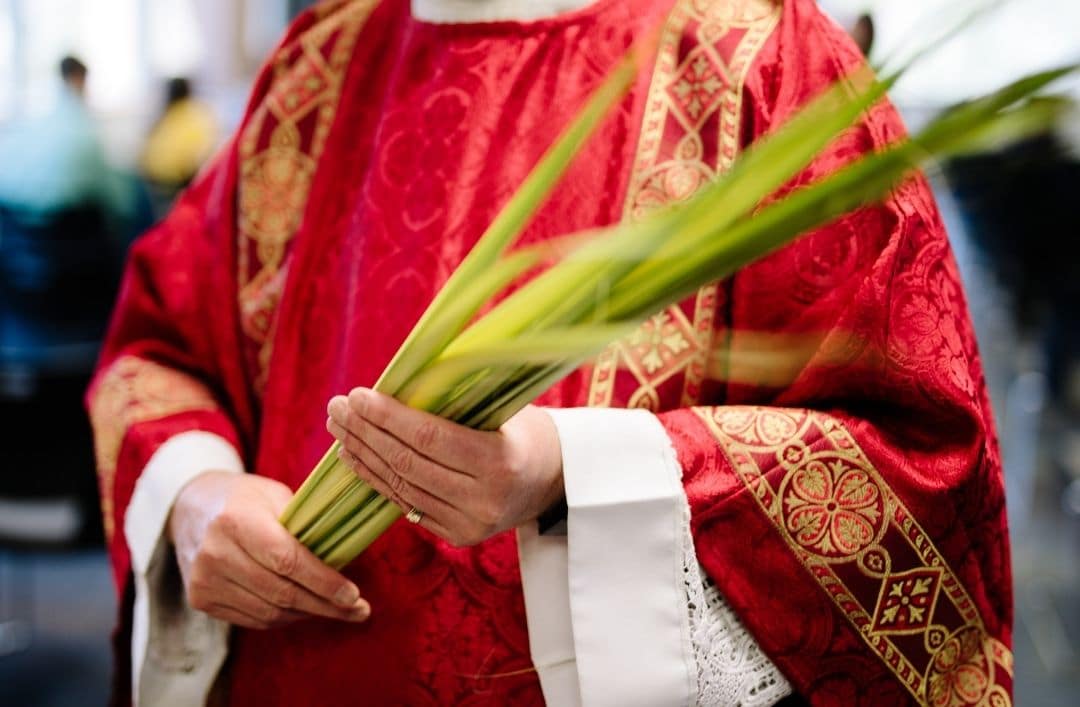
Apr 5, 2022 | Activities/Services, Events, Fiestas, Local events, Other towns, Otros pueblos, Something special
With April comes Easter, a time that’s interesting to tourists in almost all parts of Spain and, in particular, in Costa Blanca. Here’s a series of plans and options near Residential Resort Cumbre del Sol to spend this holiday season in one of the most popular destinations throughout the year.
Easter brings an extra incentive to any resident or anyone who wants to spend a few days here, a truly luxurious offer. Watching the traditional processions with excitement, exquisite cuisine, and the famous dreamy beaches, all tied together with rich historical and cultural heritage sites.
Torrijas and Easter mona cake – easter’s sweet staple foods
When Easter arrives, it’s tradition in Costa Blanca to bake some of the famous Easter sweets. Flour, yeast, milk, egg, butter and sugar are more than enough to make the famous mona de Pascua cake. On Easter Sunday itself, tradition rules in Alicante. Families get together to have a snack and eat this dessert outside in nature (beach, mountain, countryside…). Interestingly, the mona has always been considered a loving gift from the grown-ups to the youngest members of the family.
The other star dish of Easter in Costa Blanca is torrijas. It’s surprising how something so simple can have such a spectacular flavour. Stale slices of bread soaked in red wine or milk with lemon and cinnamon, dipped in whisked egg and then fried in oil. Some people serve them coated in cinnamon and sugar and others sweeten them with syrup.

Processions in Alicante
Holy Week in Costa Blanca is, above all, a festival of religious tradition that year after year attracts many visitors due to its incredible, emotional processions. Throughout the municipalities of the area, you can enjoy activities such as the famous procession of silence on Holy Thursday and the procession of the Holy Burial, the protagonist of Good Friday, in which women who wish can accompany the Holy Sepulchre dressed in a black shawl and veil. Two processions in the city of Alicante are worth mentioning: the procession of the Holy Supper on Holy Thursday, which is one of the most famous in Spain and helps a good cause, as after the procession, the food that is placed on the table of the procession is donated to a home for the elderly. And, on the other hand, the palm trees of the Explanada are witnesses to the most popular and familiar procession of all those celebrated in the city, that of the Borriquita on Palm Sunday.
Other processions to take into account if you want to experience what Holy Week is all about are those of La Pasión in the town of Orihuela, in which more than 8,000 Nazarenes and around 1,200 musicians parade; and the procession of Los Tres Abrazos (The Three Embraces) in Crevillente.
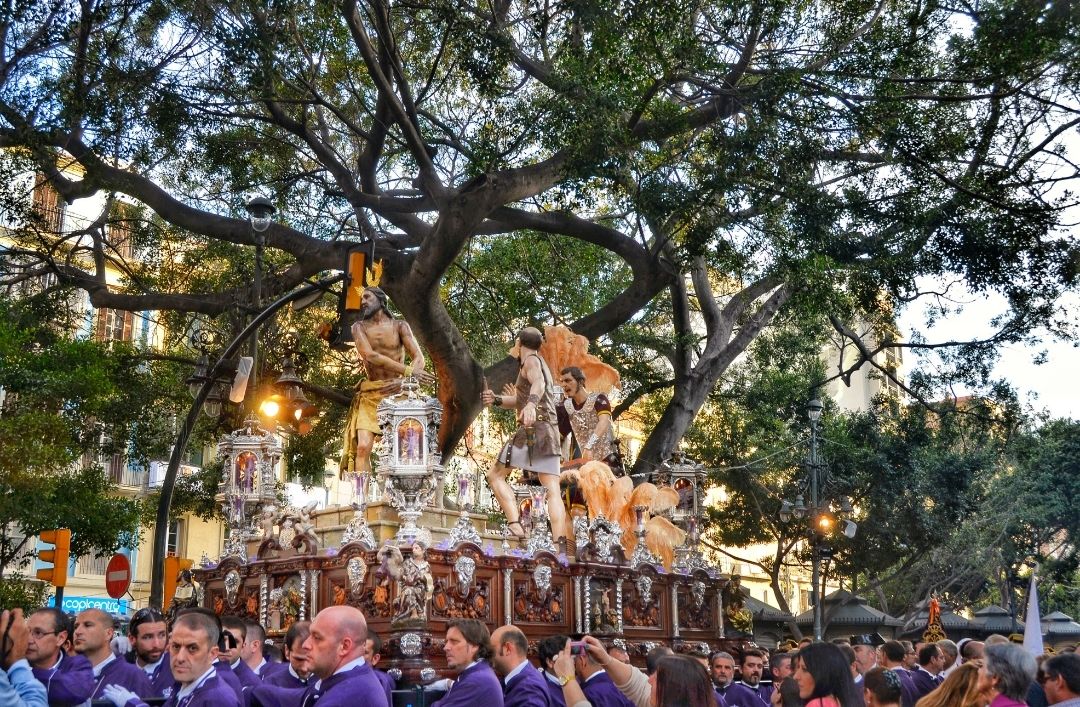
Days out, music, markets…
There is also room for other non-religious activities to enjoy Easter in Costa Blanca. It’s a tradition in some towns such as Moraira-Teulada to play live music in the streets. In the city of Alicante, the Jornadas de Cuaresma (Lenten Days) are held to promote the hotel and catering industry throughout the province with the help of the best chefs in the area.
It’s also interesting to wander around the historic centre of any municipality in Costa Blanca, especially those of Altea, Dénia, Benitachell and Moraira, and discover their most emblematic spots, such as the medieval market that takes place in Calpe during easter, where you can buy typical Costa Blanca handicrafts.
And what about outdoor plans? Easter is the perfect time to discover natural areas such as the Benitachell cliffs route, take a stroll along the L’Andragó cove in Moraira or have an aperitif in the marina of Altea.
As you have seen, during Easter Week the towns and villages of Costa Blanca dress up and put on hundreds of events that make the Alicante coastline a splendid place to be. The perfect mix of discovering and getting to know religious traditions and enjoying a unique area on the Mediterranean coast. Don’t miss our next blog articles in which we will continue to tell you about more things to do near Residential Resort Cumbre del Sol.

Dec 22, 2021 | Fiestas, Uncategorized
Life in la Costa Blanca is a unique one, and Christmas, of course, is no exception – just ask the residents of Cumbre del Sol. Christmas lights have started lighting up the whole residential and have spread the Christmas spirit and cheer to its residents and guests. With that, we encourage our residents to dress up their homes with festive décor, giving it their own unique flair.
There are many reasons this year to celebrate. But, without a doubt, if there’s one reason why we want to celebrate at VAPF, it’s that we want to celebrate you. Our clients are our best present, the motive that keeps driving us forward to improve every day. And of course, our clients are the reason why we strive to offer the best products and services.
2021 was the year of reunions. Many of our residents could finally fly to la Costa Blanca to enjoy their homes and the excellent Mediterranean climate once more. For others, this will be the first time they spend this holiday season in their new home in Residential Resort Cumbre del Sol.
To jog everyone’s memory, we’d like to remind you that La Cumbre Restaurant has prepared a Christmas and New Year’s day menu for those who would like to try it. Furthermore, all of our establishments will be offering their services on these special days! Don’t be left behind on the New Year’s day dip too. It’s a steadfast tradition! A few kilometres from Residential Resort Cumbre del Sol, Portet beach (Moraira) is where the bravest bathers come to on the first day of the new year.
This is certain to be an unforgettable Christmas. Even so, our biggest wish is that the pandemic situation improves even more so in 2022. This way, we’ll be able to resume our Christmas contest and other traditional events in Cumbre del Sol for next year, to continue getting to know each other and enjoying the paradise that is la Costa Blanca.
Now that we’re soon to be ringing in the new year of 2022, all that’s left to say is thank you! Thank you for being by our side and for continuing to turn our properties into your homes. From the whole team at VAPF, we wish you happy holidays and hope that all your wishes come true.











